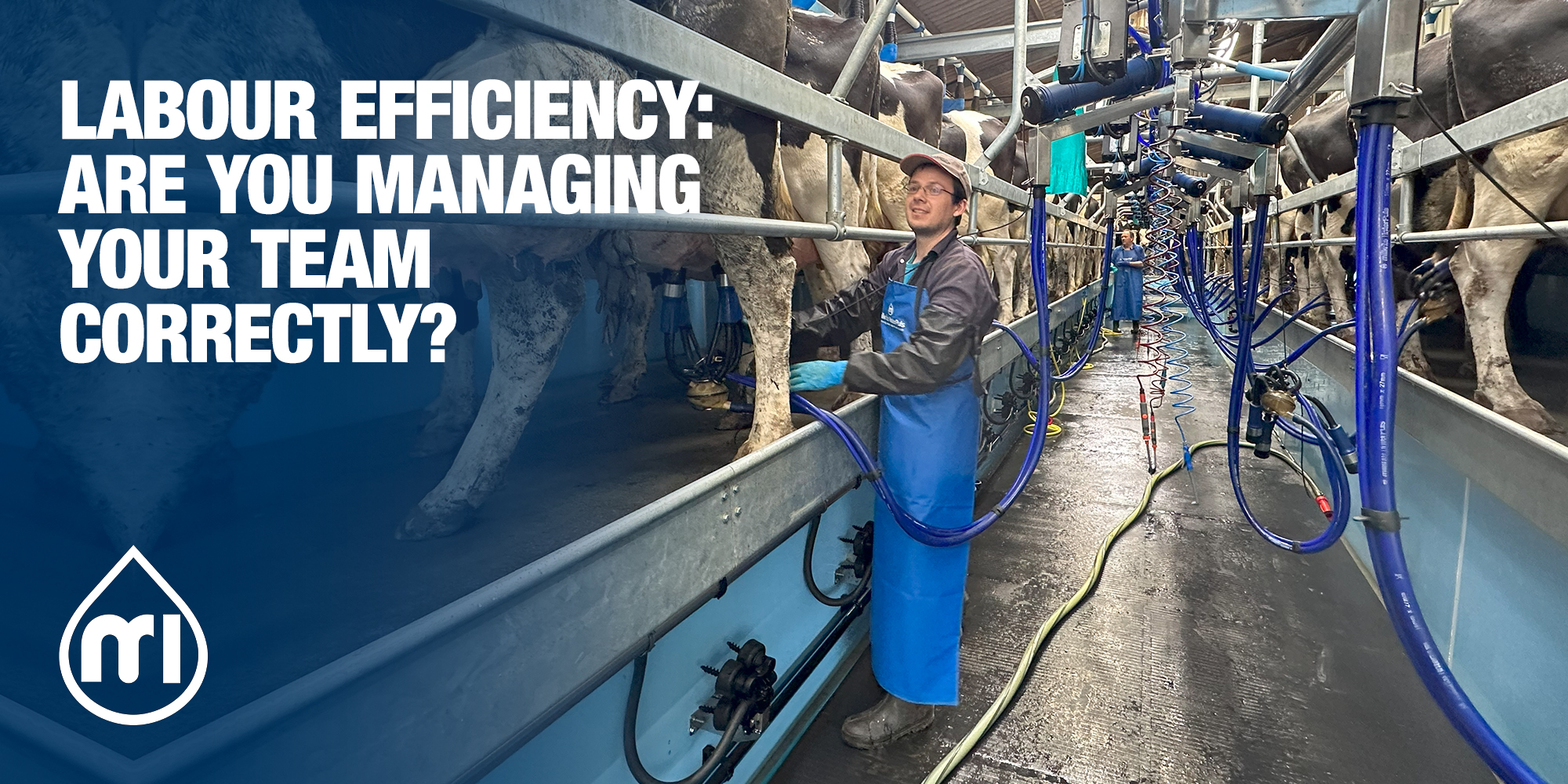
Labour Efficiency: Are you managing your team correctly?
Discover the key red flags of labour inefficiency and overcome them with our advice on human resource and parlour equipment management.
Labour management greatly influences the farm’s cost of production and work environment. For this reason, human resources should be managed efficiently, ensuring high throughput with the best labour usage and the minimum waste of time and energy.
In fact, excessively long work shifts, lack of communication, and incorrect parlour organisation and management can seriously impact human resources’ workload, leading to poor efficiency and motivation, burnout, and higher turnover, which all represent increased costs.
However, there is good news: efficiency can be gained at all farm sizes and, to help you make a first step in this direction, we asked the advice of Abdelrahman El Ashkar, Regional Sales Manager for Middle East, Africa, Turkey, Greece & Cyprus, and Wulf von Teichman, Regional Sales Manager for Southern Germany, Austria & Switzerland.
In the following lines, we gathered the crucial mistakes that put at stake your farm’s efficiency and profitability, as well as some key allies that can make your farm a better place to work. Make sure not to miss them!
What factors affect labour efficiency?
The first step is to recognise the areas that affect labour and that should be prioritised, otherwise, the risk of inefficiency grows.
- Working conditions. Managing a herd combines several heavy tasks and spending most of the day on the farm. For this reason, employees’ safety and health in the workplace need to be ensured. For farm employees living on-site, adequate accommodation is essential, as otherwise it becomes unattractive and results in higher labour turnover.
- Difficult working hours, lacking scheduled workflow, and unstructured shifts. If inadequate working conditions are combined with long, chaotic working frames and insufficient resting time, the likelihood of attracting and keeping loyal farm labour further decreases.
- As mentioned above, since workload and shifts are rather tiring on the farm, employees can expect a decent wage. However, when milk prices are low and costs are high, farm finances suffer too much pressure to ensure proper salaries.
- Foreign staff. Since most of the staff members come from foreign countries and do not properly know the language, if farm owners are not trained to talk to them, communication issues and misunderstandings will arise.
- Unskilled staff. Reduced understanding of the local language and employees not having sufficient know-how of the tasks to be performed become a hurdle to labour It goes without saying that the situation is even more difficult when the two factors are combined.
The red flags of labour inefficiency
With Wulf and Abdel’s help, we have identified some indicators of wrong human resource management, stemming from the factors mentioned in the previous paragraph.
The initial lack of know-how by new employees, due to insufficient communication and training, leads to, for example, skipping key steps of parlour routine and herd handling routines and tasks, such as:
- Udder hygiene, by not applying the proper pre-milk routine, as pre-stripping, proper teat cleaning, and the all-important pre-milking stimulation.
- Milking routines are not performed properly, allowing pointless and harmful practices such as overmilking.
- Not properly implementing liner replacement or equipment service intervals.
- Underestimating the importance of routinely feeding and clean bedding for animal comfort, which supports sustainable milk production and all-round cow welfare.
Insufficient working routine habits increase health problems, such as hyperkeratosis, mastitis, and lameness, whose treatments require additional management, employees’ time, and increased expenses. The stressful working conditions resulting from this situation, and the amount of human and financial resources wasted in managing it, make clear how inefficient and harmful wrong human resource management can be.
Make sure not to miss the next blog update to find our advice on improving labour efficiency!
Sources:
- 5 key factors to improve labour efficiency on dairy farms – Dairy Global, 11/2022
- Arbeitsorganisation in Milchviehställen - Hinweise zur Einführung einer strukturierten Arbeitsorganisation – DLG
- Dairy farm labor efficiency – Michigan State University, 5/2020
- Efficient, productive milking parlors – University of Minnesota Extension, 1/2020
- Gateway to dairy production and products – FAO
- Mastering Efficiency with Activity Monitoring – Dairy Herd Management, 6/2022
- Tips for a More Efficient, Productive Parlor – Dairy Herd Management, 9/22
